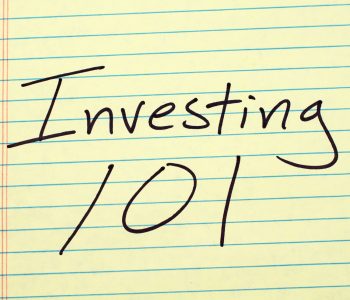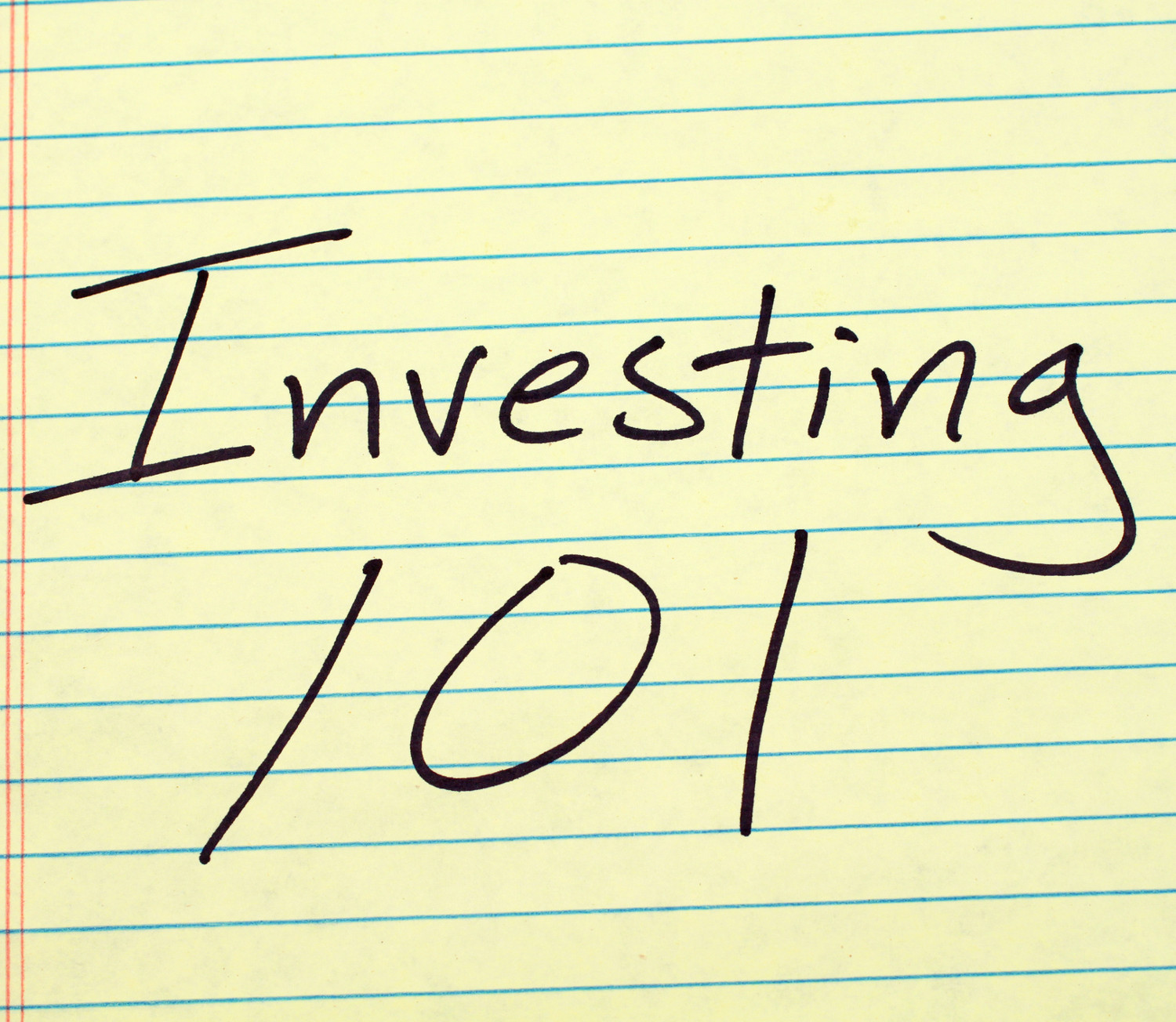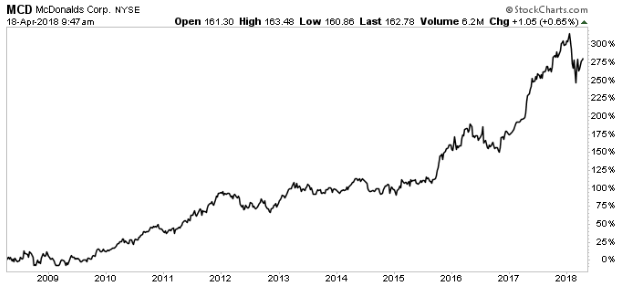Do You Make This Beginner Investing Mistake?

Do You Make This Mistake?
Do you know the No. 1 mistake new investors make?
When I ask this question at conferences, people in the crowd will throw out a bunch of ideas. You hear things like timing the market, buying last year’s winners, and putting all your eggs in one basket.
I would call those all good answers, but they’re all wrong. Well, you can’t call those answers wrong, exactly. But they’re not the No. 1 mistake new investors usually make. The biggest mistake is not what you’d think.
My worst investment ever seemed very “cheap” when I bought it back in late 2005. Following fears of a popping housing bubble, homebuilding stocks represented the best value in the market at the time.
I zeroed in on one name that seemed particularly cheap. It traded for 75% of its book value, one-times sales, and six-times earnings. From my perspective, it looked like a can’t-lose bet. If shares fell any further, they could liquidate the company for a huge profit.
Well, I’m proud to say I sold that stock a year later for 12-times earnings and twice its book value.
The only wrinkle? The company’s earnings got decimated. Management wrote off all of the unsold houses in their inventory for pennies on the dollar. And the value of my shares (as well as the size of my ego) got cut in half. It felt like Mr. Market delivered a Mike Tyson punch straight to my gut and knocked all the air out of my lungs.
Around this time, I got an internship at the local brokerage. Over coffee one day, I explained my frustration to Danny, the office manager. A longtime industry veteran, Danny started his investment career during the Nixon years. He listened to my sob story like he’d heard it a thousand times before.
“Rob,” he finally started. “You noticed how good this coffee tastes? Sure, it costs an extra dollar. But the staff here ground it up five minutes ago and you’re getting 100% Arabica coffee beans. The cheap stuff in the supermarket? They ground that sawdust over a year ago and topped it off with 15% filler. You usually get what you pay for.”
“It works the same way with investing. Everyone wants something cheap. But all of those stocks trading for four or five times earnings usually come with a whole bunch of problems. Wonderful businesses, the kind that build real wealth, go for a premium. You usually get what you pay for.”
Hey, this might be obvious to you. For me, though, I just had a lightbulb moment. All too often, beginner investors get attracted to the second-rate merchandise. The low price-to-earnings (P/E) names. That stock trading at a fraction of book value.
At the same time, we avoid wonderful businesses because those shares “look a little too expensive.” The problem is, buying the cheapest stocks often represents an expensive proposition.
Let me give you an example. In 2009, I took a trip up to Toronto, Canada for an investment conference. At the event, a lot of people seemed excited about smartphone maker BlackBerry Ltd (NYSE:BB). The stock traded for less than half of its all-time high only a year prior. Shares looked outrageously cheap, going for between five- and six-times earnings.
None of that impressed me at all. I’ve never had much success investing in new technologies (that’s a column for another day). And fresh off my homebuilder losses a few years ago, low multiples only brought back bad memories. I figured that smart-money investors must have seen a big problem in the business somewhere. Today’s hot gadget maker can become tomorrow’s dog in the blink of an eye. Maybe a new competitor represented a real threat?
Nonsense, said many of my conference peers. The market has priced this stock way too cheap. If earnings stay flat, you’re making a 20% return on your money! It’s a can’t-lose bet! (Where had I heard that expression before?)
Well, I got it right in this case. Over the following years, the Silicon Valley tag team (Apple Inc. (NASDAQ:AAPL) and Alphabet Inc (NASDAQ:GOOG), back then known as Google) took over the smartphone market. BlackBerry dug itself into a hole so deep, it could smell the rice cooking in Beijing. And that “cheap” stock got even cheaper, with shares falling 90% in value over the next few years. You usually get what you pay for.
It works the other way, too. Over the years, I’ve written a number of bullish reports on McDonald’s Corporation (NYSE:MCD). I’ve gushed over its timeless product. I’ve cheered on its savvy management team. I’ve praised the stock for its growing dividend and lucrative share buybacks. In other words, it’s exactly the type of stock that can make investors a fortune over the long haul.
The typical response from readers: Rob, I love the company, but can you find anything “cheaper”? Maybe something with a bigger yield? Paying 20-times earnings for a burger joint seems a bit rich.
So what has happened over that time? Over the past decade, the stock has crushed the broader market. Management continues to compound shareholders’ wealth at an eight- to nine-percent compounded annual clip. Small, steady dividend hikes over time have created quite the stream of income. Once again, you usually get what you pay for.
Chart courtesy of StockCharts.com
Now, I don’t mean to imply that you should pay any price for an investment. You can take a sound idea and stretch it too far. The right business purchased at the wrong price will result in lousy returns.
The trick, as with most things, is to find the right balance. A few years ago, Wellington Management Company conducted a study revealing the flaw in buying the cheapest or highest-yielding stocks.
Their analysts began by dividing dividend-paying stocks into quintiles by their level of dividend payouts. The first quintile (the top 20%) consisted of the highest-yielding stocks, while the fifth quintile (the bottom 20%) consisted of the lowest-yielding stocks.
Their conclusion was counterintuitive: The first quintile (the cheapest and highest-yielding stocks) only produced mediocre returns over the course of the study. The best returns came from the middle of the pack. Analysts found that stocks in the second and third quintiles (the moderately priced stocks) performed the best.
In other words, sifting through the market’s discount bin usually doesn’t pay off. Sure, you might occasionally find a good bargain. Financial merchandise, though, usually gets marked down for a reason. As with most things in life, you usually get what you pay for. (Source: “The Power of Dividends: Past, Present, and Future,” The Hartford Funds, Fourth Quarter 2017.)












